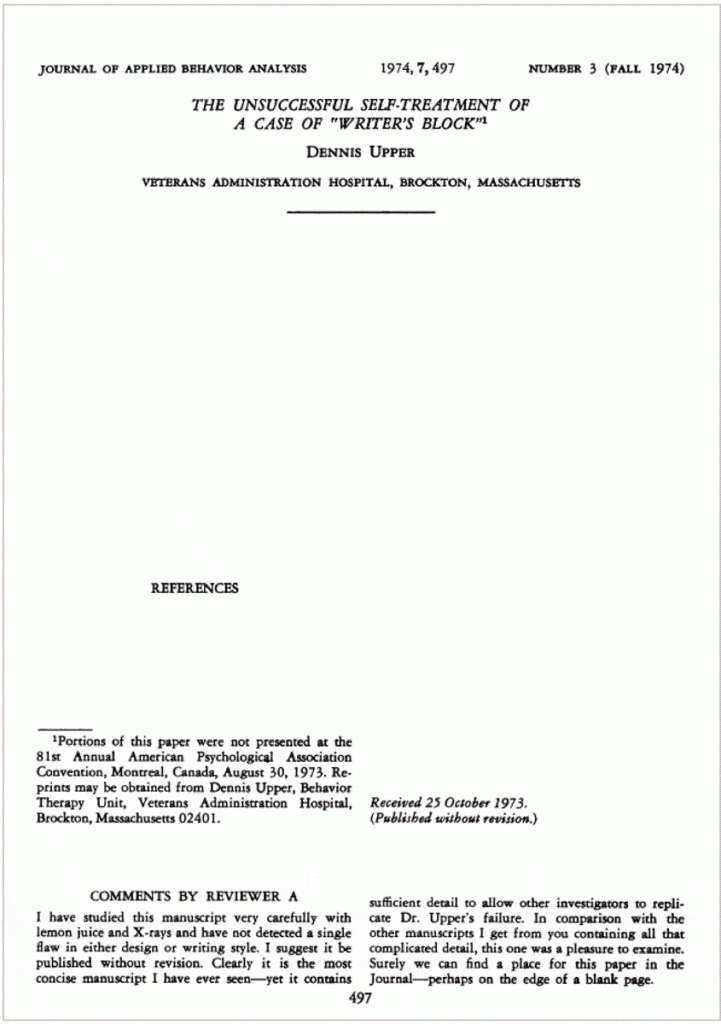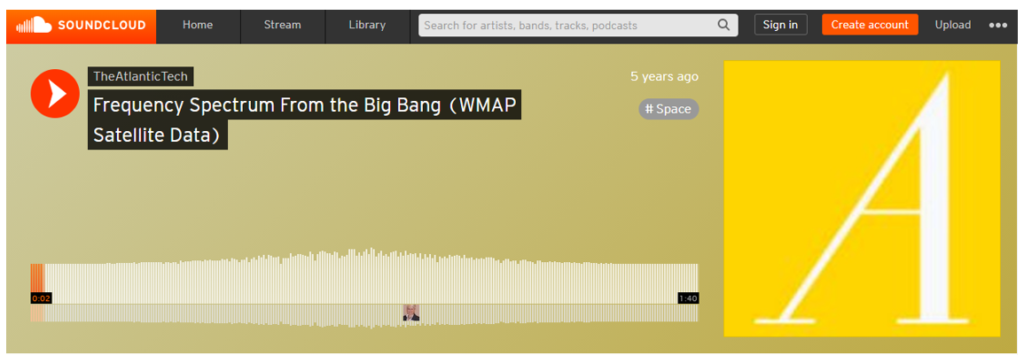$0.00
Product description: Article – 12 pages, 2100 words. Includes images and sound files.
The First Light and Sound in our Universe – Contrasting Evolution and Creation.
Read the full article online as a blog post:
https://fivehousepublishing.com/2021/04/28/the-first-light-and-sound-in-our-universe-contrasting-creation-and-evolution/
Abstract:
Contrasting Creation (Biblical view) with Evolutionary Theory: Specific reference to light and sound. Which came about first in our physical world, light or sound? How was it initiated? The Universe, as we know it, has many mysteries. In this paper, the two different views and events are briefly discussed. The Big Bang required physical matter (structure – e.g. molecules) to carry the sound and light via waves. In Creation, light (the basic structure of all physical matter) was created which carried the different waves (e.g. Words of Jehovah – Creating).
Hear the first sound (Evolution). Credit SoundCloud: https://soundcloud.com/theatlantictech/the-frequency-spectrum-from-the-big-bang-turned-into-sound.
*Sound by John G. Cramer, University of Washington: faculty.washington.edu/jcramer/BBSound.html. Related story: www.theatlantic.com/science/archive…f-noise/422481/
The light was not immediately ‘seen,’ Fraser Cain explains:
The Universe was continuing to expand, and finally, just a few hundred thousand years after the Big Bang, the Universe was finally cool enough for these atoms of hydrogen and helium to attract free electrons, turning them into neutral atoms. This was the moment of first light in the Universe, between 240,000 and 300,000 years after the Big Bang, known as the Era of Recombination. The first time that photons could rest for a second, attached as electrons to atoms. It was at this point that the Universe went from being totally opaque, to transparent (Cain, 2016).
Does that mean that the explosion – the Big Bang – could not be seen by a living thing? The answer is yes, initially. However, later – much later – it was ‘seen.’
Description
I have been pondering: what would the shortest academic paper in the world look like? After a search here are some examples – Mathematics and Writer’s Block.
BELOW: Academic article (APA Reference style) – ‘Writer’s Block.’ Very funny! Credit: Open culture. https://www.openculture.com/2018/01/the-shortest-academic-article-ever-written.html

‘Writer’s Block.’ Hilarious! Credit: Open culture. https://www.openculture.com/2018/01/the-shortest-academic-article-ever-written.html
EXCERPT:
What makes an ‘academic’ paper academic?
PhD researcher
December 23rd 2014
I saw the question and I thought I’ll answer it quickly, but it proves to be harder than I thought to define what an academic paper is.
I think a ‘weak’ definition of an academic paper can be that it possesses several of the following qualities, although not all of them are true for all academic papers.
- Makes an informed argument.The existing literature in a subject is studied and built upon, and an informed argument is made to extend the existing knowledge about an academic subject.
- Concerns itself with an academic research topic. The papers are devoted to a topic, question or unsolved problem which is of interest to the academic community.
- Written for the academic community.Academic papers are typically written by scholars for other scholars. This also means that academic papers are usually published in academic journals, conference proceedings, etc. Although this is not always so.
- Has the structure of an academic paper.Academic papers usually have a title that draws attention, the authors and their affiliations are listed below the title, and abstract to summarise the topic, the used methodology and the main findings is given. The main body of the paper consists of an introduction placing the paper in the context of existing literature, an explanation of the used methodology, information about the research carried out and a presentation of findings. Usually it closes with a discussion/conclusions section, which provides an interpretation of the results/findings. Academic papers usually end with a list of references.
- Usually peer reviewed.This is a controversial area and I don’t want to go too deep into it, but academic papers usually go through a peer review, that is, they are read by a few other experts from the field who judge whether the quality of the paper is acceptable for publication and give comments and suggestions to the authors. This process is notorious for its inability to filter out bad papers (or even computer-generated gibberish or intentionally nonsensical parodies from time to time.)
Source: https://www.quora.com/What-makes-an-academic-paper-academic?q=shortest%20academic%20paper
Let’s explore the idea.
Can one write a meaningful paper shorter than 2 words? Probably not. Maybe 3 to 5 paragraphs? Probably a page or three. Is it possible to write a very short research paper? What would the title, the abstract, the introduction, the body and the conclusion look like? Upon completion, it has to make sense. It has to qualify, considering the definition provided by Arany (2014). My subject matter is the first light and sound in our Universe – contrasting Evolution and Creation (Biblical view). The International Year of Light: 2020 & 2021 – is the inspiration. Here is my attempt: …






